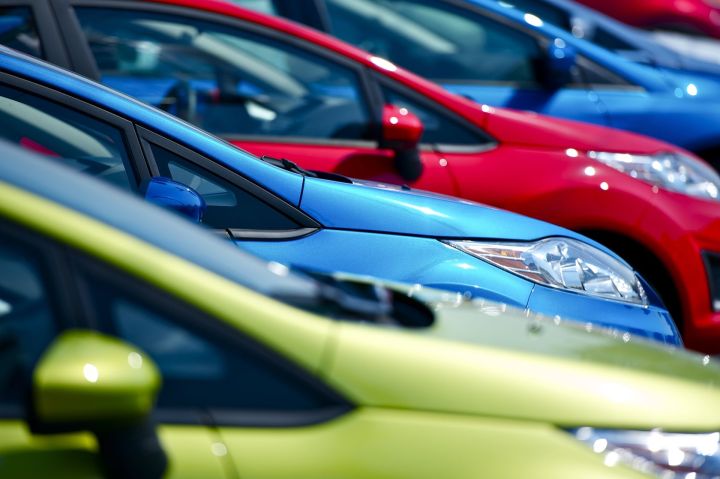
According to a Prodigy release, “More than ever, this industry key to our economy is being threatened by increased regulation, changes in car buying habits, and car buying startups such as Beepi and Carvana. Prodigy is giving dealers a chance to fight back and adapt to rapidly changing car buying habits.”
The tablet-based Prodigy sales platform, is designed to streamline the customer buying experience from “Hi, how can I help you?” to closing the deal. Major elements of the Prodigy platform include “predictive inventory filters” to narrow the inventory search quickly based on customer preferences, mobile driver’s license scanning to speed up moving from the greeting to a test drive, and access to OEM specifications and third party info sites such as Edmunds.com and Kelly Blue Book to answer questions on the spot.
Once you’ve decided on the car you want, the Prodigy platform gives the sales person “penny perfect” payment options to present based on the customer’s credit, current OEM promotions and offers, and dealer margins. You won’t have to wait for a sales manager to approve the deal or sit in a finance manager’s office endlessly — real-time communication from the tablet will speed both of those steps.
Finally, digital signature capture on the tablet and a full credit application connect the dealer with more than 1,300 lenders. Theoretically, you could do the entire deal on the lot and drive off, never having to acquiesce to a request to “Let’s go back to my desk and see what we can work out.” The aim of the platform is to get the deal done on the lot, if it’s right for the dealer, the lender, and the buyer.
“Car buying habits have been rapidly changing over the last few years, but technology within a dealership has remained stagnant,” said Michia Rohrssen, Prodigy founder and CEO. “Our mission is to equip dealers with the technology needed to serve the modern car buyer in the most efficient and streamlined manner possible. With our new platform, dealerships can offer an entirely unprecedented customer experience from a single platform.”
Editors' Recommendations
- Amazon Alexa aims to streamline the EV charging experience
- 2021 Volkswagen ID.4 aims to (finally) bring electric cars to the masses
- Robot car startup Aurora navigates its way to Texas for testing
- Don’t want to visit a dealership? Buy a car online and have it delivered
- Qualcomm Ride platform aims to make self-driving cars simpler




